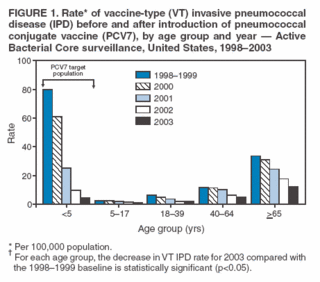(catchy title!-ed)
It is pretty clear that sometime in the recent past, cattle started getting infected with a "prion" that caused BSE or bovine spongiform encephalopathy. Prions are infectious particles that consist only of protein, without any nucleic acid (e.g. RNA or DNA). Needless to say prions are unusual entities. As best can be determined, they are misfolded proteins capable of causing misfolding in other copies of the same protein. There are genetic mutations that can cause the misfolding (which can then spread to the non-mutant copies) or the misfolding can arise spontaneously.
There are sporadic human cases called Creutzfeldt-Jakob Disease (CJD) and there is a very similar disease called kuru among natives of New Guinea who have a ritual of eating the brains of dead people (which could obviously spread the prions). Sheep has a prion disease called scrapie that is similar and involves the homologous protein. BSE (aka mad cow disease) emerged in 1986. BSE can be transmitted to humans, apparently inefficiently, and there have been about 150 cases of what is called varient CJD (vCJD) in Great Britian.
The source of BSE is unknown. The leading hypothesis is that cattle ingested sheep remains contaminated with scrapie. A recent article in the Lancet suggests that human remains may be the actual source. I like this kind of hypothesizing but the article is ridiculous.
The article spends a fair amount of time establishing the feasability of human to bovine transmission and is succesful at that. The basic idea is that many dead bodies in the Indian subcontinent are disposed of in rivers, often directly. Remains (animal and human) are recovered for use in animal feeds and fertilizers and Great Britain was a substantial importer of such products during the pre-BSE time period. The total amount of human remains actually fed to British cattle is probably very small, but this part of the hypothesis is at least plausible.
The weakness is that sheep seem a much more likely source. Scrapie in sheep is endemic in Britian and sheep remains are routinely included in fertilizers and animal feeds, so the total exposure to sheep remains is much, much higher. Scrapie and CJD are both rare, but the likelihood of exposure to the former must be several orders of magnitude higher than the latter. The only thing that might implicate human remains would be evidence that BSE (or perhaps vCJD) is more similar to CJD than to scrapie. Of course if vCJD was the same as CJD it wouldn't be called variant would it?
The best the authors can do is some hand waving suggesting that BSE isn't particularly similar to either scrapie or CJD; not surprisingly, it is similar to vCJD. One problem for the authors in particular and the field in general is that there is no good way to establish "similarity" between different prion disease. For bacteria/viruses you can sequence DNA (or RNA for some viruses) and measure similarity, but prions by definition lack RNA and DNA. The best that can be done is innoculating mice and studying the characteristics of the resulting disease. More recently patterns of digestion by enzymes which breakdown proteins has been used, but neither of these methods is well established and what exactly similarity means is unclear.
This brings the authors to their final argument:
It is well known that sheep products were incorporated into cattle feed. However, there is no satisfactory explanation for why BSE did not appear earlier, since: scrapie has been endemic in Britain for at least 200 years; meat and bone meal containing sheep material had been fed to cattle for as long as 70 years; and scrapie infectivity must have entered cattle feed in substantial quantities.
Sounds convincing until you think about it a little. Basically they are arguing because cattle have been exposed to sheep remains and scrapie in much larger quantities it can't be the cause! Talk about counterintuitive. Isn't it more likely that ovine to bovine transmission is unlikely in any single episode of ingestion, but happened once (or a few times) given all the ingestions than occurred? Sure seems so to me.
To summarize, I appreciate this kind of hypothesis generation and at this point no one can say definitively where BSE came from, but the overall arguments presented at best establish that humans could have been the source. Sheep, however, remain a much more likely cause.



